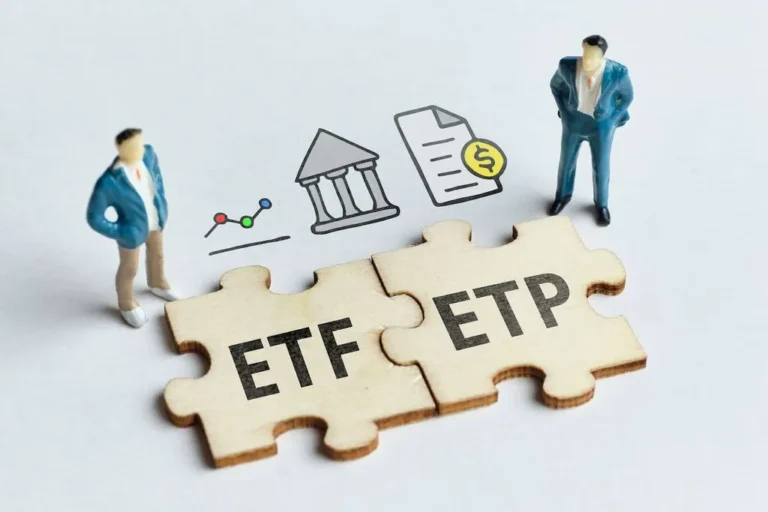That would result in slower orders and slower transactions, creating unhappy prospects. 2) Get up to 2.5% within the form of annual cash rewards on eligible funds in your Ramp Business Account. Money rewards are paid by Ramp Business Company and never by First Web Financial Institution of Indiana, Member FDIC. 1) Ramp Enterprise Corporation is a monetary technology firm and isn’t a financial institution.
In traditional finance, liquidity is supplied Stockbroker by buyers and sellers of an asset. A decentralized trade (DEX) with out liquidity is equivalent to a plant with out water. Equally, in designing liquidity amenities, central banks all face the same tough task of meeting liquidity provision goals while, at the identical time, limiting the undesired penalties. This trade-off is typically described because the trade-off between stigma and ethical hazard. On the left are services with capabilities to satisfy BAUL wants, whereas services additional to the best provide liquidity beneath growing stress.
For example, for instance you need to create a pool that accommodates the trading pair ETH/USDC. You would want to deposit an equal value of each belongings into the liquidity pool. The assets in the pool are analogous to the lemonade machines, and the users who supply those belongings are like the chums who invested in the business. Differing design decisions by central banks are, partly, explained by completely different legal and institutional constraints, financial policy frameworks, or the structure of the financial system. For instance, within the Usa, Federal Residence Loan Banks play a key position in offering BAUL/STL liquidity to banks.
Liquidity Pools
Other market-making capabilities additionally exist, you can find out extra about these right here. Nevertheless, additionally it is extremely aggressive and difficult to profit from when you wouldn’t have a large amount of capital. The profitability can be affected by market circumstances, such as volatility. MoonPay’s widget offers a fast and simple approach to buy Bitcoin, Ethereum, and greater than 50 different cryptocurrencies.

Tokens

It’s necessary to note that whereas LP tokens have the potential to earn returns, additionally they expose the holder to sure risks. The most significant of these is impermanent loss, which might occur if the value of the underlying assets within the liquidity pool adjustments significantly in comparability with after they were deposited. Liquidity tokens, also referred to as LP tokens, are a vital part of the mechanism of liquidity swimming pools. These tokens are given to liquidity providers as proof of their contribution when they deposit their property into the liquidity pool. Primarily, these tokens are a claim on the belongings deposited into the pool. In the early phases of DeFi, DEXs suffered from crypto market liquidity problems when attempting to mannequin the traditional .
The value of Asset A increases so that the remaining Asset A tokens remain equal in worth to the entire number of Asset B tokens in the pool. The complete value of Asset A must stay equal to the total https://www.xcritical.com/ worth of Asset B. Different token weights are potential, similar to 90–10. Liquidity pools are merely clusters of tokens with pre-determined weights. A token’s weight is how much its worth accounts for the entire worth inside the pool. Private pool owners have complete authority over liquidity provision and might regulate parameters as they see match, whereas shared pool settings are fastened.
And in fact, like with everything in DeFi we have to recollect about potential risks. Apart From our standard DeFi risks like sensible contract bugs, admin keys and systemic dangers, we’ve to add 2 new ones – impermanent loss and liquidity pool hacks – extra on these in the next articles. Ok, so now that we perceive why we’d like liquidity pools in decentralized finance, let’s see how they really work. Ethereum with a current throughput of around transactions per second and a block time between seconds isn’t really a viable choice for an order book change. On prime of that, each interaction with a sensible contract value a gasoline charge, so market makers would go bankrupt by simply updating their orders.

Cross-chain Messaging: The Key To Blockchain Interoperability
In finance, pooling refers to combining resources—usually money or assets—from a quantity of accounts, entities, or investors into a single, centralized fund. It’s generally utilized in corporate treasury (cash pooling) or funding buildings like mutual funds. Bybit, the world’s second-largest cryptocurrency trade by trading quantity, has staged a outstanding comeback, recording $3.61 billion in asset… Once you might have added liquidity to the pool, you’ll obtain your LP tokens (a token representing your share of the whole pool).
- At a excessive level, liquidity swimming pools are a way of accelerating liquidity, just like the way traditional exchanges use market makers.
- Yes, anyone can turn into a liquidity provider by depositing crypto assets right into a liquidity pool.
- Even so, since a lot of the belongings within the crypto area are on Ethereum, you can’t trade them on other networks unless you utilize some type of cross-chain bridge.
- The total value of Asset A must remain equal to the total worth of Asset B. Different token weights are attainable, similar to 90–10.
- Without market makers, an exchange becomes immediately illiquid and it’s pretty much unusable for normal customers.
Liquidity pools, in essence, are pools of tokens which may be locked in a wise contract. They are used to facilitate trading by offering liquidity and are extensively used by a few of the decentralized exchanges a.k.a DEXes. Liquidity is the lifeblood of economic markets, denoting the benefit with which an asset may be bought or bought without inflicting vital worth changes. It ensures smooth market operations, reduces transaction prices, and lowers market volatility. Traditional financial markets depend on market makers and institutional investors for liquidity. Nevertheless, DeFi platforms have introduced a decentralized alternative via liquidity pools, democratizing access to liquidity provision and selling financial inclusion.
Liquidity pools are the spine of many decentralized exchanges (DEXs), representing a paradigm shift in how trades are made and orders are filled Liquidity Provider for prop firm. At their core, they are blockchain good contracts that lock up funds, creating a pool of tokens that users can trade towards. Bear in thoughts; these may even be tokens from different liquidity pools called pool tokens. For example, if you’re providing liquidity to Uniswap or lending funds to Compound, you’ll get tokens that characterize your share in the pool. You could possibly deposit these tokens into one other pool and earn a return. These chains can turn out to be quite difficult, as protocols combine different protocols’ pool tokens into their merchandise, and so on.
The extra assets in a pool and the extra liquidity the pool has, the easier buying and selling becomes on decentralized exchanges, no matter fluctuations in , which might influence buying and selling volume and pool exercise. Liquidity pools use automated market makers (AMMs) that join customers aiming to trade pairs with the appropriate smart contracts for them. AMMs are the protocols used to determine the price of digital assets, and it does an excellent job of offering essentially the most reasonably accurate market value on liquidity pools. Liquidity swimming pools are the backbone of many decentralized exchanges (DEX), such as Uniswap. Users referred to as liquidity providers (LP) add an equal value of two tokens in a pool to create a market.


Deixe um comentário